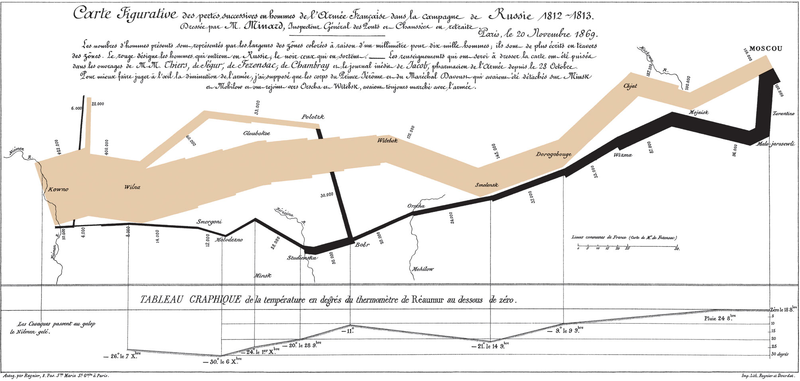VISUAL THINKING: THE EDUCATION OF A WORDSMITH
I’m sitting here somewhat stunned at present at what I have learned from my little experiment at trying to turn the main elements of my Marketing Plan—for books, needless to say—into a graphic which would fit on a single page. I’d show you the end result but, being my first attempt, it is still a little crude; and, anyway, it is secret.
from my little experiment at trying to turn the main elements of my Marketing Plan—for books, needless to say—into a graphic which would fit on a single page. I’d show you the end result but, being my first attempt, it is still a little crude; and, anyway, it is secret.
In effect, I have been trying to turn the guts of a 70 page plan into a single page without having any real experience of visual presentations. Back in pre-history, when I was in business, PowerPoint hadn’t been invented—as of course you will know, we mostly drew on cave walls in those days—and once I committed to writing, I focused on words rather than graphics; and found them quite hard enough. They are deceptively tricky little things. They look so mundane and innocent, and yet they can reduce the strongest to despair; and, occasionally to suicide. That transition from the brain to the page seems so simple—because, after all, if you can speak, you clearly have more than a passing familiarity with language—and yet it’s a skill which we authors will still feel we need to improve as our coffin lids are being screwed into place.
NOTE TO SELF: Instruct estate to bury me with my laptop, a couple of bottles of wine—and do not forget a corkscrew. Perhaps vampires are really authors who feel they need the extra time to polish their craft. One normal lifetime really isn’t enough to master the writing game.
Ironically, I had always thought of myself as a visual thinker if only because when I imagine a scene, it always appears in my mind as if it was a movie which becomes clearer and clearer the more I work on it.
Well, I have been humbled by my little experiment—not because I failed at it—but because I succeeded; and I am now wondering why I never gave my brain that kind of workout before. In effect, turning words into graphics—the reverse of what I have trained myself to do for decades—was rather like exercising muscles which had been decidedly underused. You end up tired—and perhaps a little sore—but pleased you made the effort; and perhaps rather excited at discovering a capability you could add to your skill set.
I am now wondering how I can deploy this approach to creative advantage. One of its many attractions is that whereas a book is essentially linear, if you are dealing with shapes in a program like VISIO, you can locate them wherever you want, and move then with ease. After that, one could progress to three dimensional graphic experimentation…

Incidentally, one of best examples of a graphic communicating the essence of a whole story is Minard’s visual showing Napoleon’s invasion of Russia. I haven’t the space to display it adequately here (see above top), but I strongly suggest you Google it if you haven’t seen it before. It’s a work of genius—the visual, NOT the invasion. Where the invasion is concerned, Napoleon set out with approaching half a million men, and returned with 10,000. Careless of the man.
I also recommend an interesting site WWW.OAKTREE.US which features some excellent pieces by Rob Oakes on Visual Thinking and other matters.

No comments:
Post a Comment